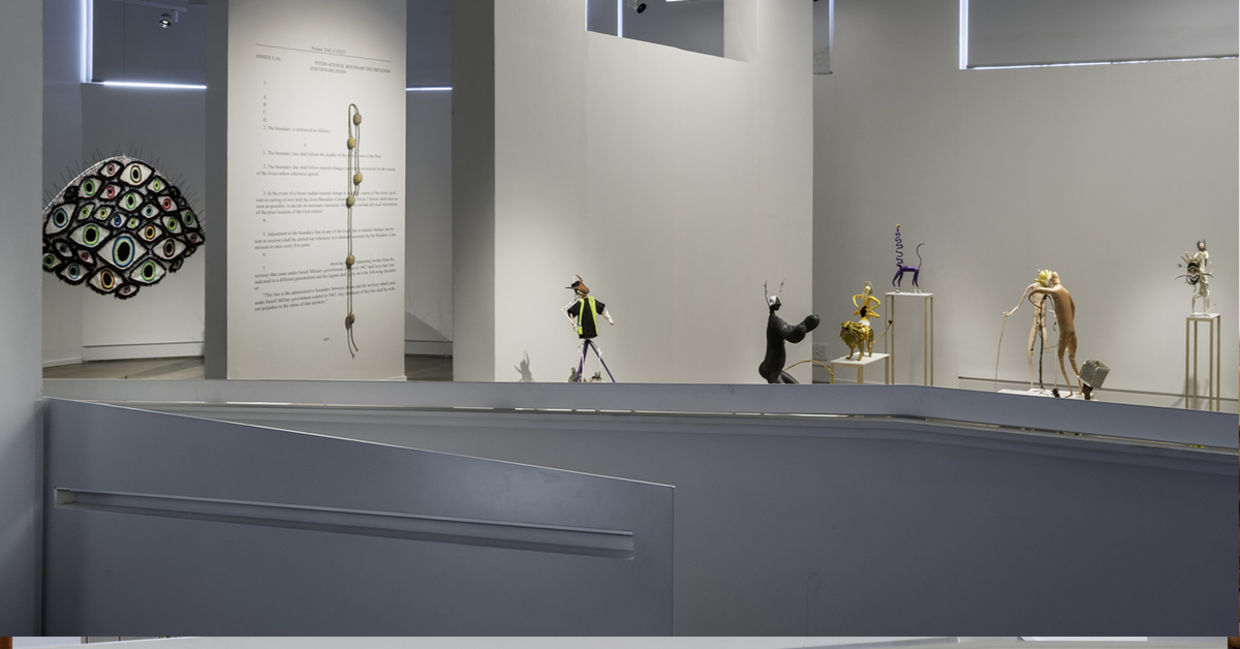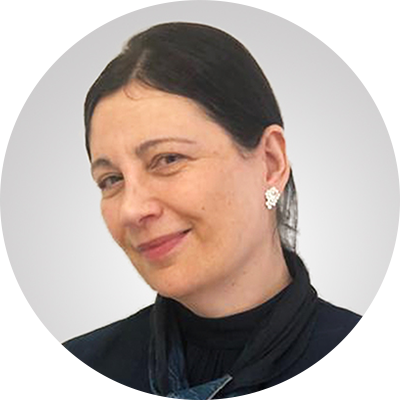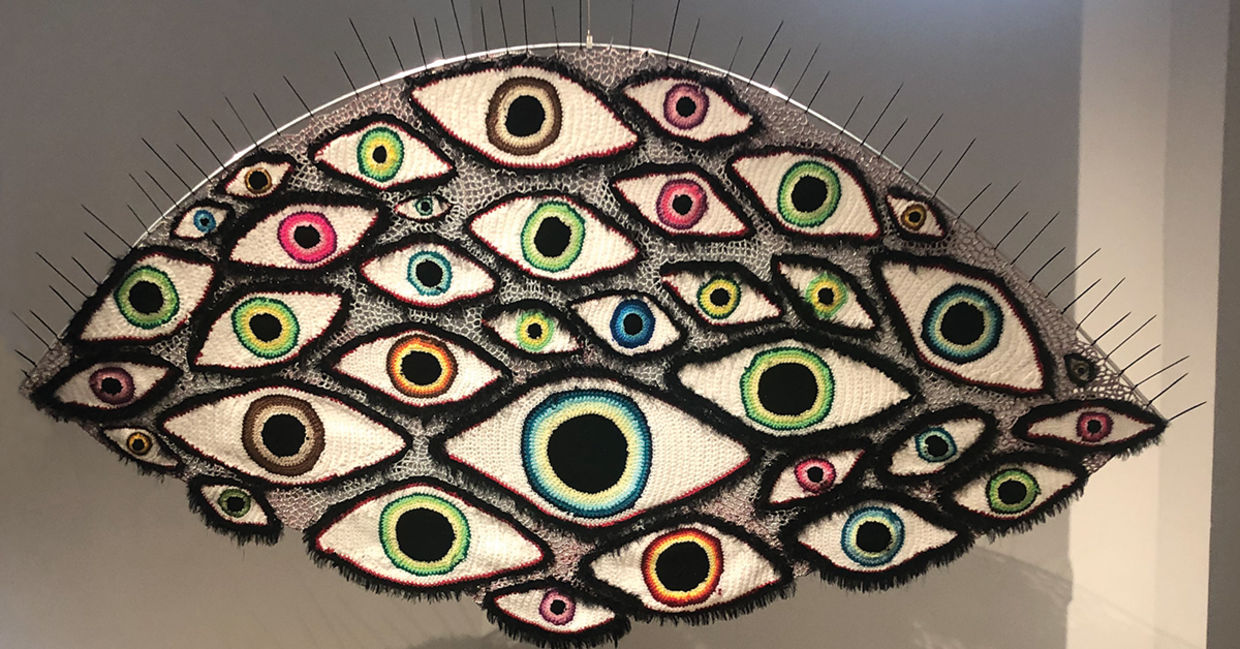
Courtesy of D.Kasriel-Alexander
Art is often a stunning expression of creativity. But it does more than beautify our world. Artists have the power to move us, to shock us, to share their passions, and to trigger long-forgotten memories.
But art doesn’t always just “happen”. A creative person doesn’t just “appear” on the art world stage out of the blue. And Artport, a Tel Aviv art hub which acts as an incubator for some of the best of local and international talent through its residency programs for artists, totally gets this.
We caught up with Vardit Gross, the inspiring director of this nurturing hub for artists that was initiated by Jason Arison and is supported by The Ted Arison Family Foundation. Goodnet wanted to find out more about this center that she sees as one giving artists “the place and the space and the tools to bloom”.
Please tell us about the purpose of Artport’s residency program
“I think that being an artist can be a lonely thing. Usually, you’re fresh out of art school and you go out into the world and you kind of feel that you’re sitting there waiting for something to happen. You’re waiting for the curators to come, for the collectors to come. Or you might have already embarked on your career and feel you’re at a crossroads. So I like to think that the artists accepted to our annual residency program are embarking on a transformative journey. This is an experience that encourages them to create and to come together and work alongside each other. They discover that they’re surrounded by a supportive team and make connections and friendships that endure.”
Vardit emphasizes that connecting with other artists isn’t always easy for talented people with a unique vision: “It is kind of unnatural for artists when you think about it. These are very individual humans with their own egos. But they join Artport’s residency program, and then something kind of magical usually happens.
One of my favorite examples is video artist Noa Gur. Before she came to Artport, she typically hit record, ran to the other side of the camera to film herself, then went on to edit what’s she’d recorded. But she wanted to level up and work with a crowd. She ended up working on a multi-layered project with a director, a photographer and a sound engineer. She worked with a major museum where she got the green light to video refugee kids in its galleries. Our involvement, partnerships and the wider art community made it happen for her!”
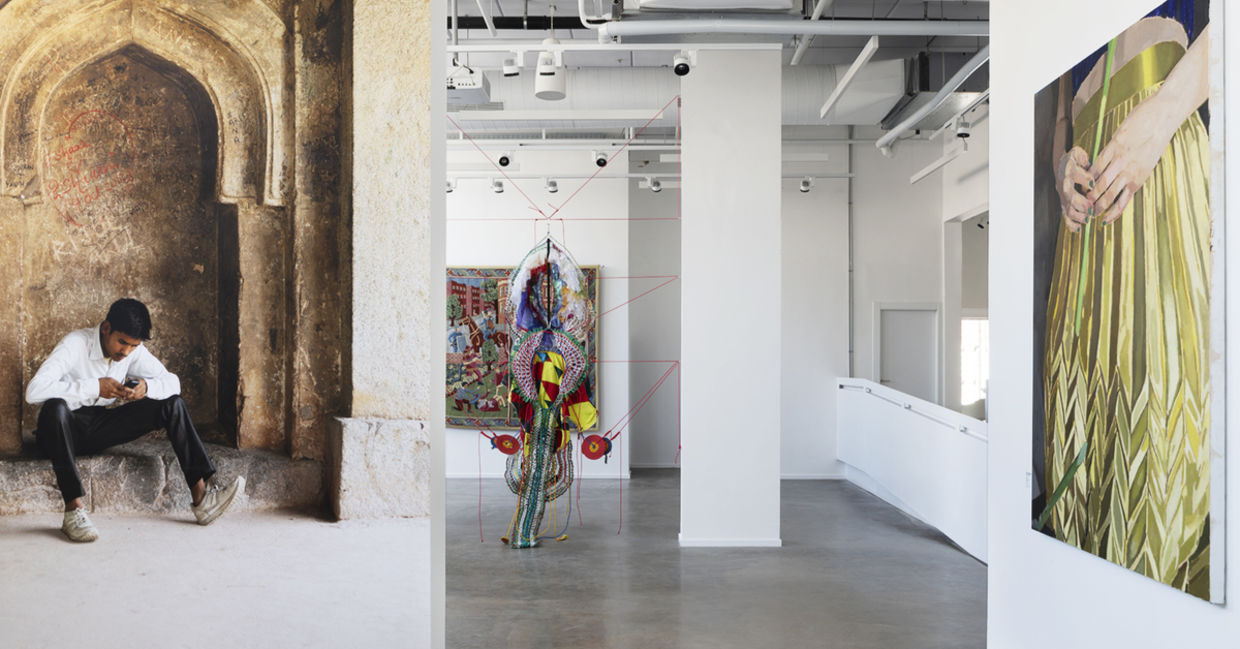
Photo by Noam Preisman
Can you share any stories about what the Artport “community” is like in real life?
“Sure. One Artport artist-in-residence recently introduced me to her other half for the first time. He confided in me that he was scared about how she’d feel when she finishes at Artport. He was laughing but I looked at him dead seriously and I knew what he meant. You know, it’s cos artists like his wife have been with us in this little greenhouse for a year. They’re surrounded by people and have a monthly stipend. And we cook a lot, you know people are having lunch together enjoying the dynamic that happens when there’s a group. And suddenly, you’re back in your studio!”
Vardit also recalls a moment, a few years ago at the opening of an exhibition featuring one of Artport’s “graduates”, Elad Rosen. She smiles when she remembers how any stage fright melted away when the group recognized each other’s familiar faces.
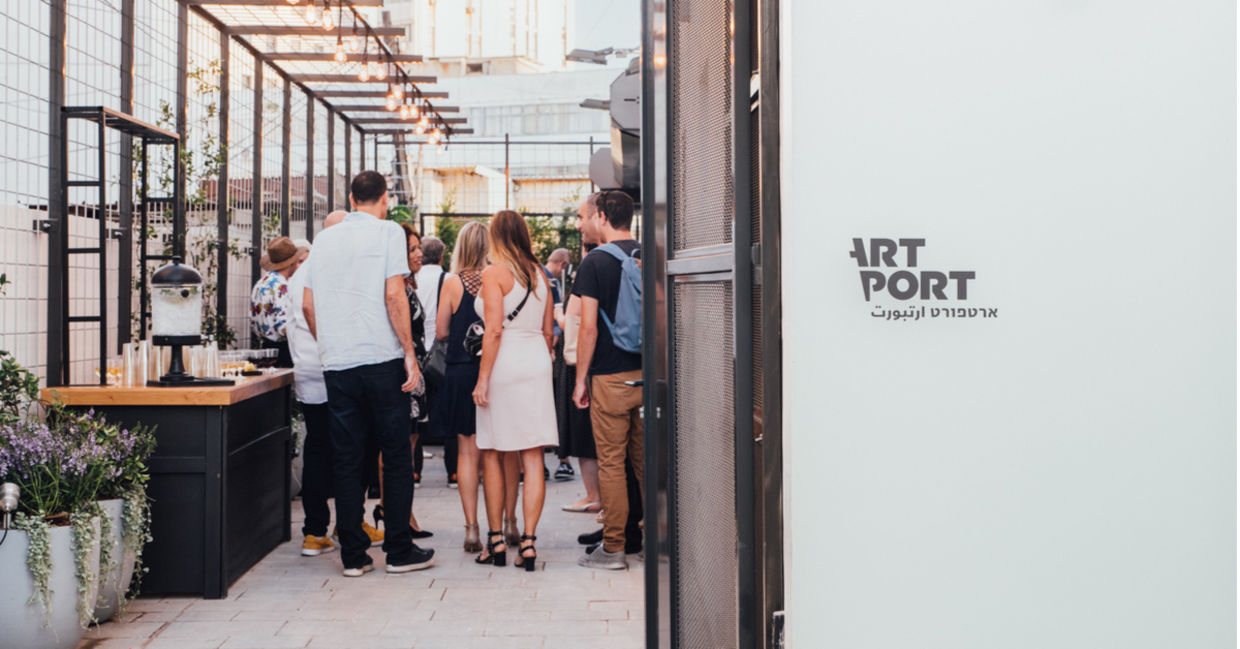
Photo by Noam Preisman
How do you work to extend that precious connection you’ve built with these artists?
“We simply don’t sever our connections with them – just look at our 36 alumni. We’re proud that they’ve been winning awards and showing in museums – that really great things are happening to them. We love that these members of our extended family feel comfortable to come over to ask for things, and to celebrate holidays together.
One of the things we offer our alumni are professional tools workshops which grew out of a need. We noticed that local artists don’t always know how to talk about themselves, are sometimes too modest even! American curators have also mentioned that the emails they receive from Israeli artists aren’t the clearest – I think a lot of what they’re trying to say gets “lost in translation”. So we cover things like how to talk in public as well as basic things like writing a proposal and budgeting. Because many people face similar problems, it’s always helpful to share challenges and bounce ideas off each other. It’s nice when we receive emails afterwards talking about how these workshops have made a real difference.”
Group activities are themselves a work in progress. Vardit is excited to share how a new initiative to help alumni with short 1-on-1 meetings she calls “doctor hours”, when staff offer support with new projects or branding were “sold out in like half an hour” because the demand was there.
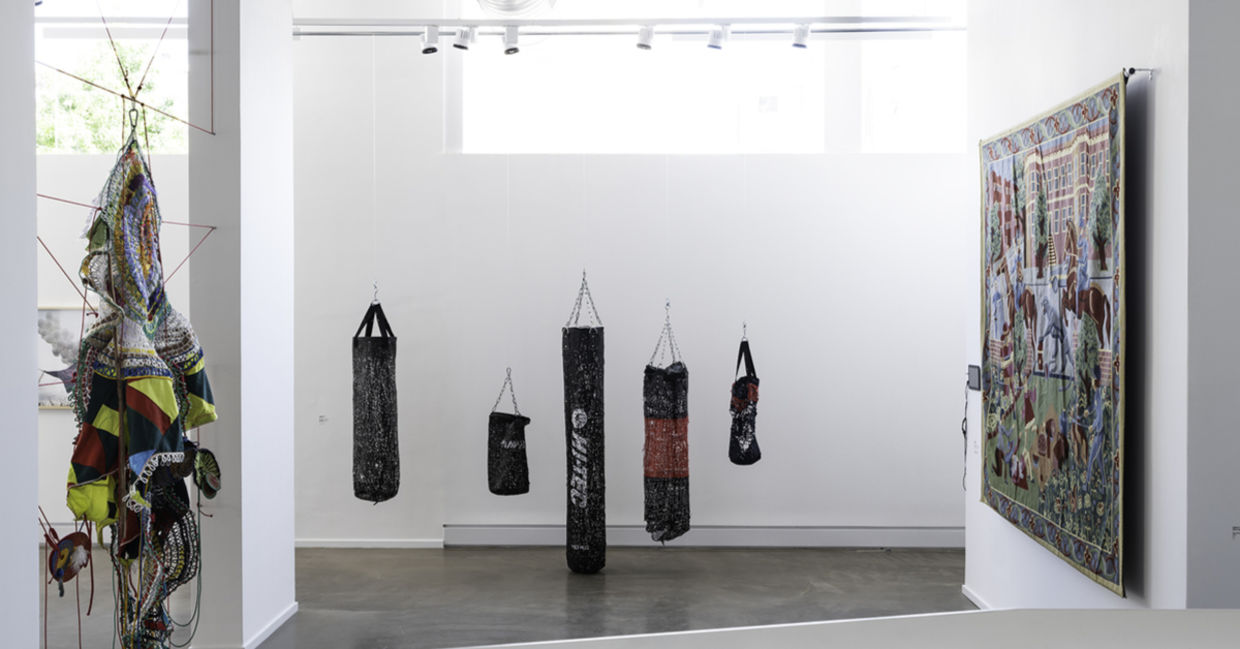
Photo by Noam Preisman
Tell us something about Artport’s intriguing location
“We’re based in an area in transition. As has been happening all over the world, it’s a rundown neighborhood that’s being revived by artists, new bars and cultural hubs on its way to gentrification and all that comes with that. This was always an area of small workshops – it still has some textile ones – and even an after-hours seedier side to it.
Several big commercial galleries have moved in, which has helped make this area the location where art is happening in town. I know that the Tel Aviv Municipality has a vision of pedestrianized precincts and a place that is all about art and culture.
There are many artists in the area, and we have people stopping by, visitors doing gallery tours and a following of people that are part of the art community; artists, curators, art lovers as well as locals.”
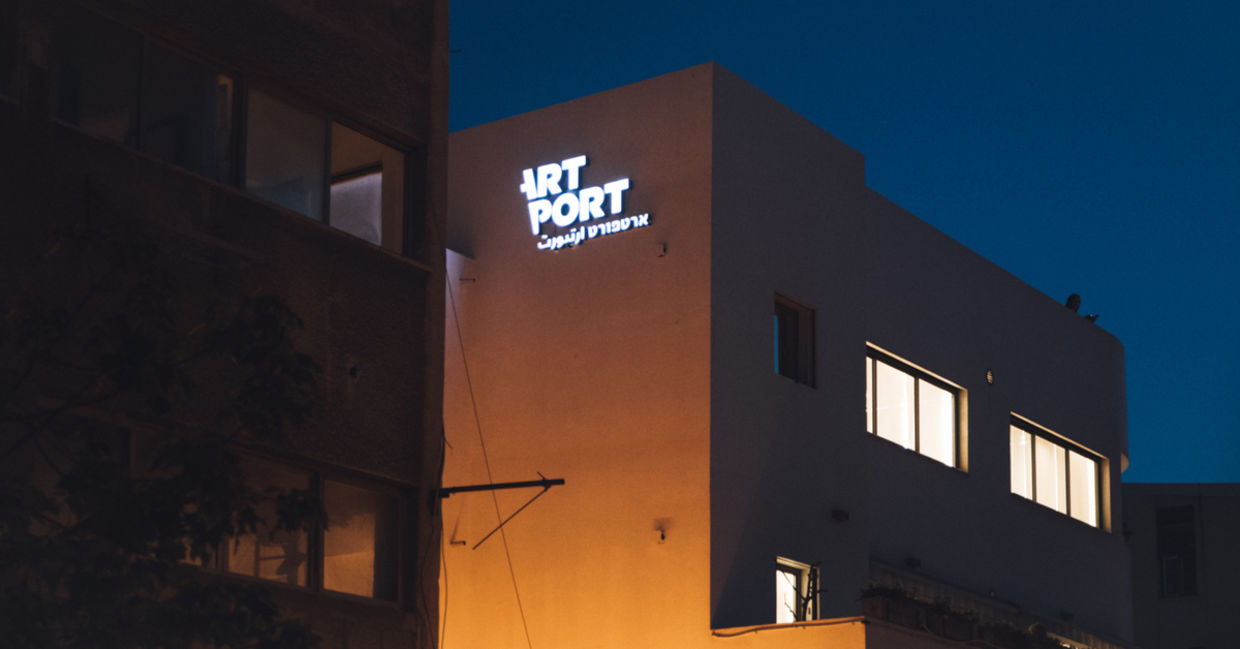
Photo by Noam Preisman
What’s unusual about “Welcome to Jaffa”, Artport’s new show?
“I think that what’s so special about our brand-new show, shown in our gallery, is that the three sculptors in it are from a different generation. They’re all in their eighties. We found them through word of mouth as they’ve hardly shown their work.
Even their artworks come from a different place. The work of younger, local artists tends to be more conceptual. You see more video installations, for instance.
It’s really refreshing to see what the art of these beautiful outsiders is doing to our crowd of “usual suspects” who share our new art crush too. Even the way some of the wooden sculptures are installed in our gallery, all kind of touching each other, gives this art a standout power.
Little details speak volumes. Like at our launch celebration a week ago, when we found ourselves bringing in extra chairs for the older crowd or rushing around looking for the fresh flowers their generation still expects. And don’t get me started on the tangible excitement in the air during our launch evening, with the hundreds of people there. I’ve been getting phone calls ever since from people who’ve fallen in love with the pieces!”
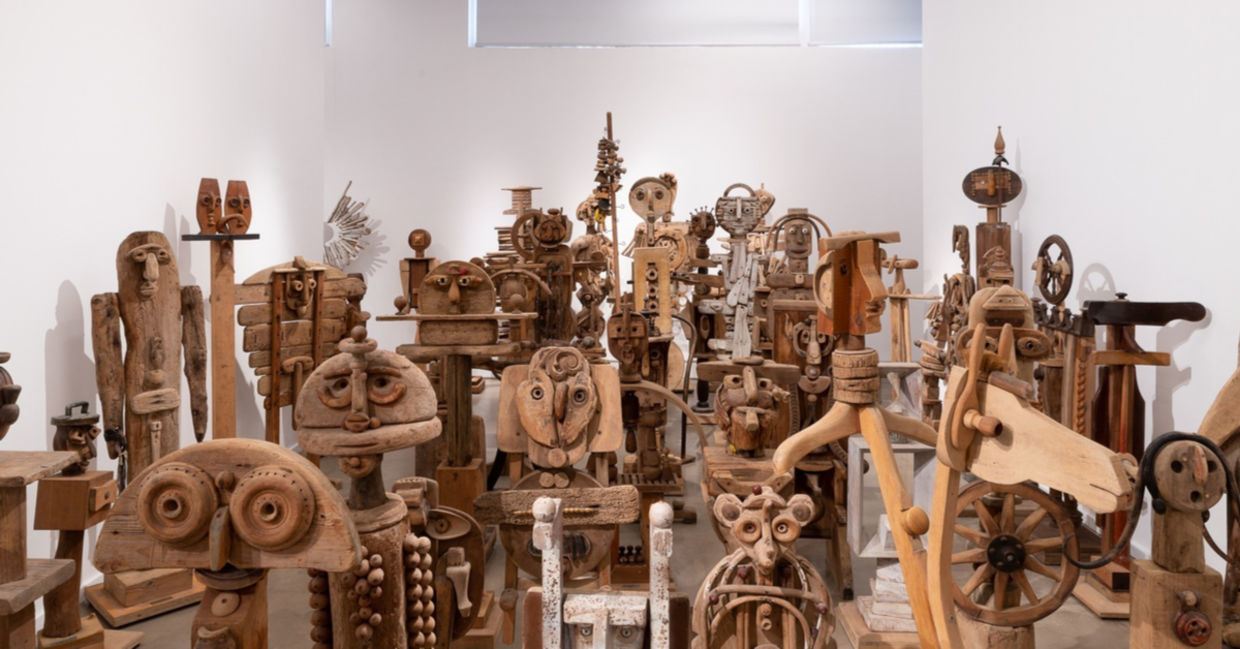
Photo by Noam Preisman
So how does the person steering the exciting art hub that is Artport really feel about it all?!
I personally feel very lucky. I’m surrounded by the most creative people and I get to be part of delicate, pivotal moments in the creation of their artwork, which is a privilege. And it’s amazing to see the enthusiastic crowd that comes to Artport too.
I truly believe in the value of bringing art into people’s lives. This is tied to the Ted Arison Family Foundation’s faith in the power of community to strengthen society. And a strong community and society need interesting art.
It’s an honor to be part of the team bringing these artists and their miraculous works to the public – we’re enriching lives, even.”
